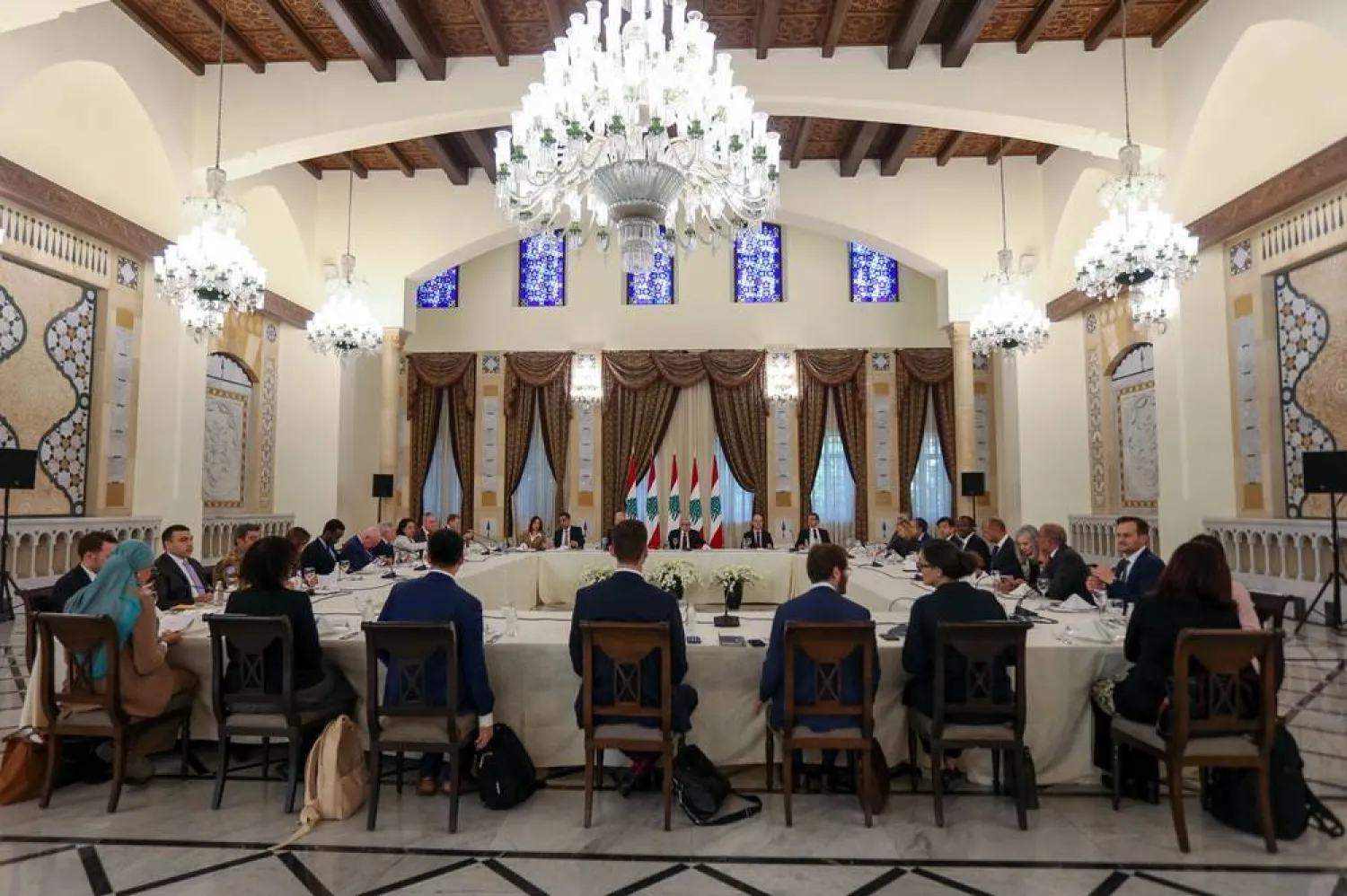Tensions between Türkiye and the United States over the handling of the Syrian Kurdish YPG (People’s Protection Units), the primary component of the Syrian Democratic Forces (SDF), have intensified, as Turkish President Recep Tayyip Erdogan declared that “terrorist organizations” in Syria will no longer find support or collaborators.
Türkiye, along with allied Syrian National Army factions, has escalated attacks on SDF positions in Manbij and Kobani (Ayn al-Arab). This comes after Ankara rejected US claims about an extension of a ceasefire between Türkiye and the SDF. Turkish forces on Friday continued shelling around Tishrin Dam in Manbij’s countryside, prompting local calls for intervention to prevent further escalation and safeguard vital infrastructure.
Escalation in Manbij and Kobani
The Syrian Observatory for Human Rights reported that Turkish shelling damaged parts of the Tishrin Dam, raising fears of severe environmental and humanitarian consequences if the escalation continues. The violence began with heavy clashes between Turkish-backed factions and the Manbij Military Council forces, involving medium and heavy weaponry. The fighting triggered significant civilian displacement toward safer areas.
Support for Syria’s New Leadership
Speaking to reporters on his return from Cairo, where he attended the D-8 Summit, Erdogan stated it was time to eliminate terrorist groups in Syria, particularly ISIS, the PKK, and their affiliates like the YPG/SDF, which he claims threaten Syria’s stability.
Erdogan emphasized Türkiye’s readiness to support Syria’s new leadership in combating terrorist organizations to establish a safe and stable Syria. He expressed confidence that no power would continue to work with such groups, particularly pointing at the US, which has long supported the YPG in the fight against ISIS.
He also mentioned his country’s plans to assist Syria’s new administration in building state institutions, drafting a new constitution, and engaging in discussions, noting that Turkish Foreign Minister Hakan Fidan would visit Damascus soon to discuss the “new structure.”
Erdogan expressed hope for enhanced relations between Ankara and Damascus under the new leadership of Ahmed al-Sharaa (Abu Mohammad al-Golani), the head of Hayat Tahrir al-Sham (HTS).
US-SDF Alliance
On the other hand, the US said that it remains committed to its alliance with the YPG as a key partner in combating ISIS. Pentagon spokesperson Brig. Gen. Pat Ryder confirmed there are no plans to withdraw US forces from Syria or end cooperation with the SDF. He disclosed that the US has approximately 2,000 troops in Syria, a number higher than previous estimates of 900.
Senior US diplomats met with members of Syria’s new leadership formed by HTS in the first direct and formal meeting between Washington and Syria’s new rulers after Assad’s fall.
US Presence in Syria
Henri Barkey, a political analyst, argued in The National Interest that a US withdrawal from Syria would be a significant mistake, potentially strengthening Iranian and Russian influence while increasing Türkiye’s regional sway.
As Turkish rhetoric about eliminating the YPG and PKK grows louder, SDF commander Mazloum Abdi indicated readiness to negotiate a ceasefire with Türkiye, including the withdrawal of foreign fighters from Syria if a truce is reached.
SDF-Türkiye Agreement
Abdi’s remarks to Reuters came after a Turkish Defense Ministry official denied any ceasefire agreement with the SDF or its US backers. The official dismissed recent US statements as a “slip of the tongue,” asserting Türkiye would not negotiate with terrorist organizations.
The official stressed that the threats from northern Syria persist, and Türkiye will continue its preparations and measures until the YPG disarms and foreign fighters leave Syria. He expressed confidence that Türkiye-backed factions would eliminate the YPG presence in Syria.
Western Concerns
Western allies, including Germany, have expressed concern over Türkiye’s actions in northern Syria. German Foreign Minister Annalena Baerbock, speaking before talks with her Turkish counterpart Hakan Fidan, urged Ankara to contribute to Syria’s stability and protect minorities.
Baerbock highlighted fears of a large Turkish offensive in Kobani and warned that peace in Syria remains elusive, with the country’s future hanging by a thread.









